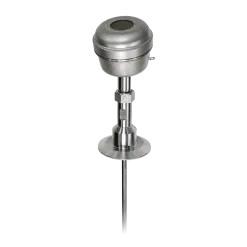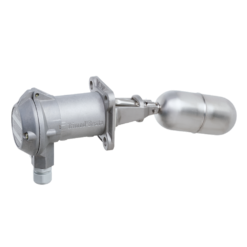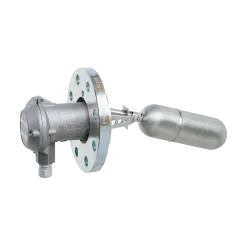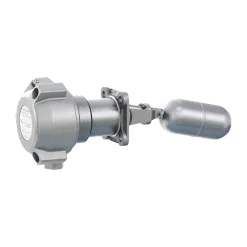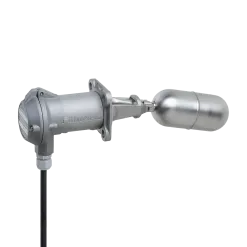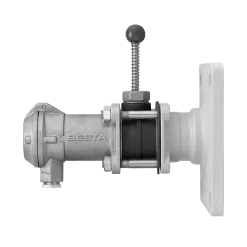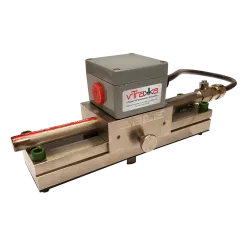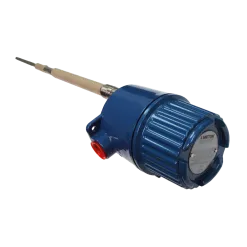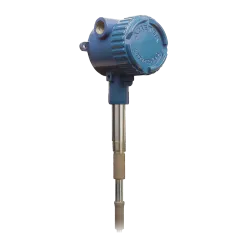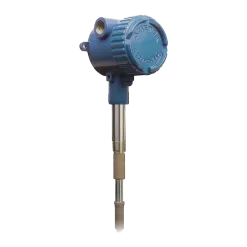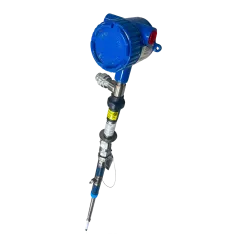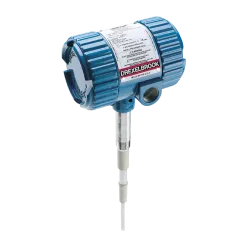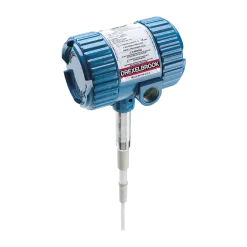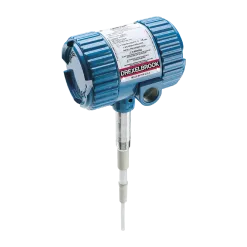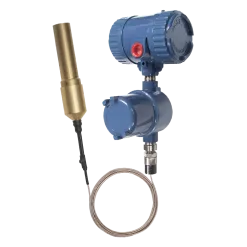Level Measurement
Since its inception in 1985, ABLE has forged a well-deserved reputation for objectivity in selecting the correct level measurement solution for its customers. This is augmented by its independence, the high technical competency of its sales and application engineers, and the wide diversity of its product portfolio.
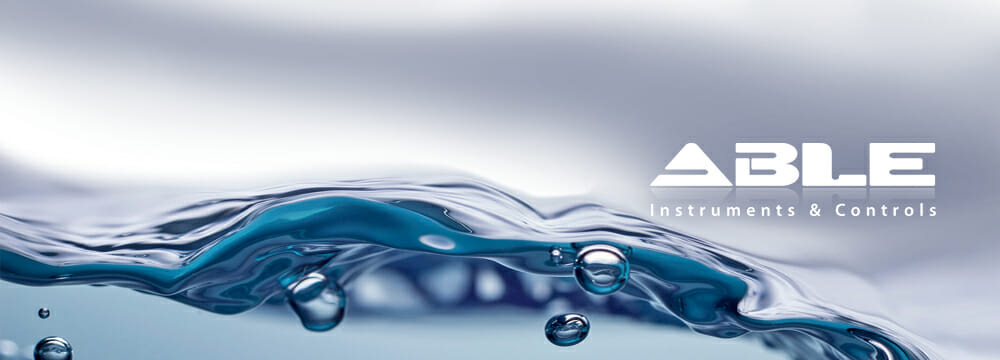
The high-end process control aspect of the business is enabled by Radar, both air firing and guided wave, RF Admittance, Magnetic Level Gauges, Displacers, Ultrasonics and simple mechanical float switches.
It was therefore rational that ABLE’s reconstructed, supplemented and expanded E-Commerce platform, 247able, should accommodate those simpler level devices, having synergy with the higher specification devices referenced above and lending themselves to the secure, fast and reliable service of on-line purchasing. The simplified transaction experience notwithstanding, ABLE’s expert technical sales team are always just a phone call away if required.
The following provides a synopsis of the level measurement technologies available from 247able and a summary of the applications to which they can be deployed:
Float Level Switches – Versatile Simplicity
Float switches, as deployed in the process industries, detect when a certain predefined level is reached. They work independently of foaming, conductivity, dielectric, pressure, vacuum, temperature, vapours, condensation, bubble formation, boiling effects and vibrations and are suitable for almost all liquid media. The switching operation is contact-free, free from wear and needs no supply voltage. The simple and proven functional principle of the float switch enables a very wide range of applications, from general industrial applications through to use in process plants or in the shipbuilding industry.
The TriMod BESTA float level switch is ideal for high and low level alarm applications including bilge level and pump control.

The 3-modular Concept allows limitless switch variety
The 3 modules – switch, flange and float module, can be supplied in countless variants and have proved themselves for years through their reliability in an extremely wide range of sectors (chemicals, petrochemicals, off-shore, power plant construction, shipbuilding, industrial installation). Switch modules are available with electric, electronic or pneumatic output signals.
The interchange ability of the single modules allows high flexibility regarding maintenance or changing application requirements.
The switch module is fitted with a micro switch and is housed in an IP65 sea water resistant die-cast aluminium enclosure.
The flange module is constructed in stainless steel. It measures 92 x 92mm and accommodates four M12 bolts on a 92mm PCD.
The float modules are determined according to function. Where difficult mounting conditions exist, the level switch can be equipped with rod extensions (G1, G2 or G3) shaped to individual requirements. Both horizontal and top mounted variants are available.
The easiest way to mount a TriMod BESTA level switch is by using the counter flange which is available in either carbon steel or stainless steel. Test actuators are also available to permit periodic manual tests.
BLS Level Sensors – A Universal Solution
The BLS Trimod´Besta Level Sensor is universally suitable for level detection and a real alternative to the tuning fork. It works in liquids of all kinds: foams, bulk goods, granulates, even in liquids that are sticky, pasty and regardless of their viscosity. The BLS sensor has established a reputation for being easy to install, simple to use and virtually maintenance free.
Typical applications include:
- Level detection for storage tanks, containers and pipelines
- Detection of different media
- Protecting pumps from running dry
- Across the Pharmaceutical / Laboratory, Food & Beverage and Chemical / Petrochemical Industries

The sensor works on the principle of frequency-sweep technology. The sensor output can be switched from digital to pulse width modulation (PWM).
Features:
- ATEX, DNV Marine and FDA (on demand) approvals
- Maintenance free
- Small and attractive design
- One sensor detects many different medias
- Maximum repeat accuracy and temperature stability
- Resistant to shocks and vibrations
- Response time under 100ms
- Fully integrated electronics
- LED switching point indicator
Pulse Burst Radar Level Transmitters – The Economical Way To A Superior Measurement Technology
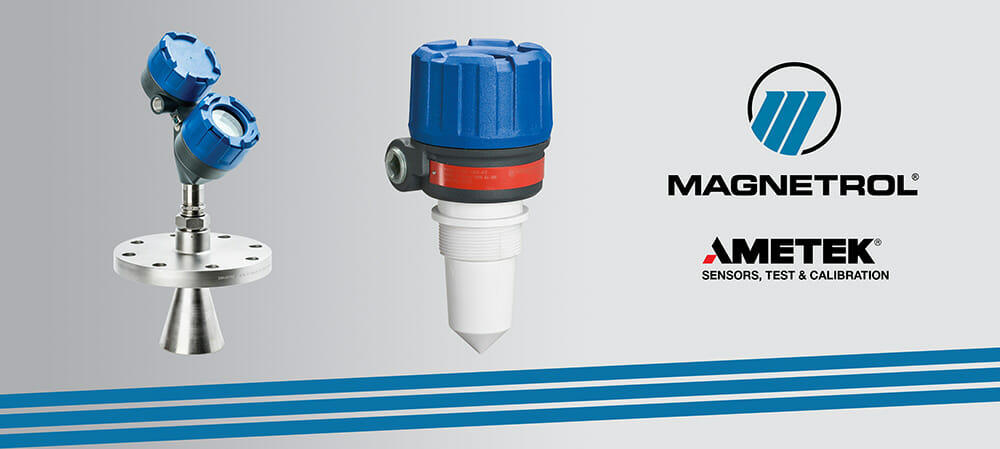
ABLE market a range of Magnetrol’s R82 & R96 Pulsar non-contact radar transmitters. Radar has been part of the level measurement market for more than thirty years. The early designs used in tank gauging were heavy, expensive, power-hungry and complex. Advancements in radar circuitry have evolved the modern radar transmitter so that now it is light, inexpensive, loop-powered and easy to use. The R82 is the logical extension of that evolution. There are two types of Non-Contact Radar transmitters:
- Frequency Modulated Continuous Wave (FMCW)
- Pulse Burst Radar
Pulse Burst Radar transmitters, the older of the two types, emit short bursts of energy to a liquid surface, and incorporate ultra-high-speed timing circuitry to measure the time of the return signal reflected off the liquid surface. The waves are interrupted for a period of time so that the wave can reach a reflecting target and a portion of the energy can return to the same antenna before the next burst of waves is transmitted.
Specifications:
- 24 V DC power supply
- Output: 4-20 mA with HART
- Plastic housing material
- Ingress protection: IP 67
- M20 x 1.5 cable entry
- Polypropylene (PP) sensor material
- Antenna extension: for nozzle height up to 50 mm (2″)
- Process connection: 2″ NPT-M, Schedule 40 max
- Weatherproof version
- 2-wire loop powered intrinsically safe transmitter
- Process temperature: -40 °C to +95 °C (-40 °F to +200 °F) pressure: vacuum to 13,8 bar (200 psi) dielectric: 1,7 – 100
- ATEX II 1 G Ex ia IIC T4, intrinsically safe
- IECEx Ex ia IIC T4 Ga
Pulse Burst technology and advanced signal processing manage common disturbances such as false echoes caused by obstructions, multi-path reflections from tank sidewalls or turbulence caused by agitators, aggressive chemicals, or aerators.
Magnetic Level Gauges – Swiss Quality & Reliability
ABLE offer the renowned WEKA range of magnetic level gauges with their compact design and suitability to a wide range of applications Magnetic visual level indicators combine up to three functions in one device: level display, switch and transmitter. The display, which is readable across large distances, does not use any energy and functions inevitably owing to the physical law of fluids in communicating vessels.
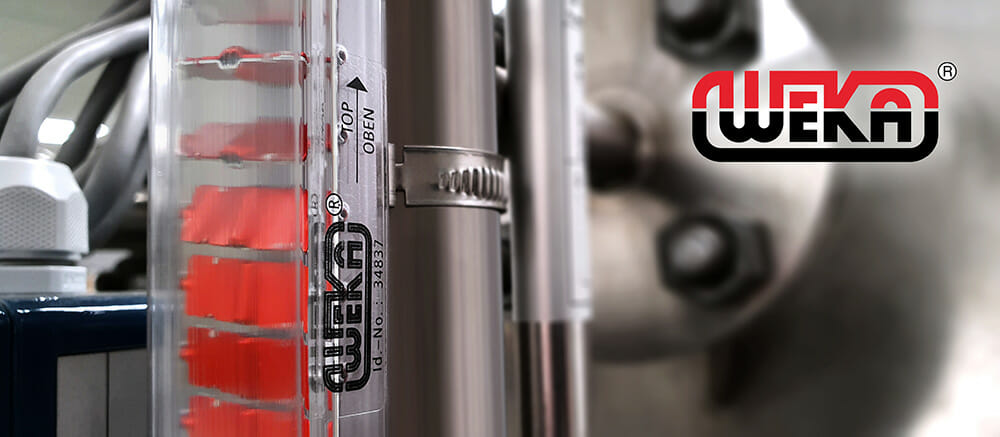
WEKA has made use of the principle of magnetic transmission. In a float that floats on the surface or a separating layer, magnets are integrated whose position can be displayed electrically or visually. The magnets are so strong and stable that several millimetres to centimetres of distance can be bridged. This distance accommodates large wall thicknesses for the float chambers and thus safe use in high pressure systems.
Magnetic visual level indicators (VLIs) are suitable wherever there is the option of installing a device on the outside of the tank or on the tank. The level is displayed simply, directly and visually using a Makrolon Red/White indication rail (Other material options such as aluminium and stainless steel for higher temperature ratings are available).
A magnetic level indicator is often used in applications where a sight glass (or glass sight gauge) is either ill-suited based on process variables or is underperforming based on plant requirements. These can include enhanced safety for personnel; environmentally risky situations including media leakage or fugitive emissions; need for maintenance reduction; or need for high visibility from a distance. The key reasons for selecting a magnetic level indicator over a sight glass are:
- Improved safety due to the absence of fragile glass and a substantially reduced number of potential leak points.
- Greatly increased visibility.
- Reduced maintenance.
- Easier initial installation and addition of transmitters and switches without interrupting the process.
- Dual-technology redundancy, with the addition of transmitters or switches, for improved safety.
- Lower long-term cost of ownership and legitimate return-on-investment benefits.
- Single chamber measurement over 20 ft. (6 m) without staggering chambers.
Lubrication Oilers – Machinery Lubrication
Widely used in the chemical and process industries, Oil levelers are designed for automatic adjustment of the optimal lubricating oil level within a bearing housing, gear box, crank case or similar oil bath lubrication application.

If there is any oil loss due to leakage or usage the reservoir of oil will provide a volume of oil. This reserve will replenish oil in the lubricating sump until the original oil level is maintained again. This will be the case if there is reserve oil in the bottle. This application has been around for many years and used by end users and original equipment manufacturers all over the world. As a result, quite often we receive inquiries about how these oilers work. The concept of a full bottle of fluid upside down, and not just emptying out, is to somehow defy logic. However, the basic rules of fluid dynamics are at play – a function of oil displacement. The fluid in the bottle will feed out until it reaches the oil level to be maintained, based on the level adjustment mechanism. After that, if the oil breaks below the control point, regardless of which oiler, air will enter the reservoir, traveling up to where it will break in the headspace of the inverted bottle. This additional air will displace fluid out of the bottle until the path of air is no longer present, or when the control point level is re-established.
Features:
- One piece glass reservoir ensures proper constant level function
- Negates air leakage that would cause overfilling of the bearing housing
- Adjustable level setting allows use in many applications
- Multiple air vent slots provide for proper functioning at all times
- Large surge chamber helps prevent overflow of oil during machine start-up or shut-down
We are on hand to answer any questions you may have regarding our Level Measurement products, please feel free to call us on +44 (0) 1189 169 420 or contact us for a callback. We also offer ongoing product support.

